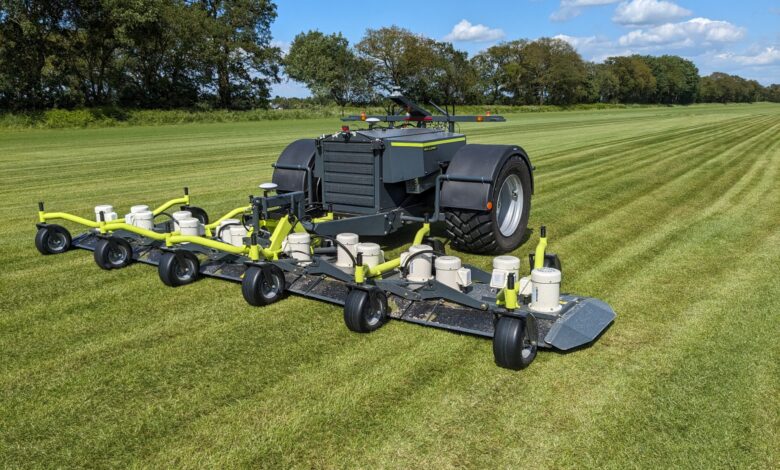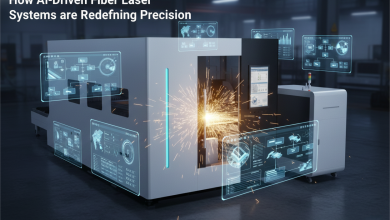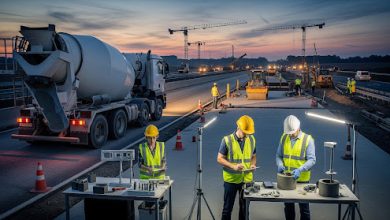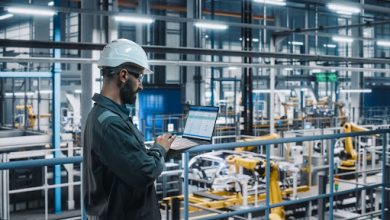
For the last century, agricultural innovation was defined by scale: bigger tractors, broader fields, more inputs. But today, this model is no longer efficient. We’re entering a decade where agriculture must produce more with less – more food, with less land, fewer inputs, and under greater climate stress. According to the Food and Agriculture Organization (FAO) of the United Nations, we’ll need to produce 70% more food by 2050 to feed the global population, and we must do so without expanding farmland or degrading ecosystems. The stakes aren’t just economic. They’re existential.
Developments in the last few years have shown that AI can be a powerful co-pilot for a more resilient and sustainable food system. However, AI’s real value in agriculture isn’t just in prediction or data. It’s in action. And right now, action is where we’re falling short.
Agriculture needs AI that moves, not just thinks
AI has already made agriculture smarter. Today’s farmers can access hyperlocal weather forecasts to get field-specific predictions for rainfall, wind speed (critical for spraying), and other key conditions. They can monitor soil health from satellite images and analyse years of data to fine-tune their fertiliser use. These are meaningful gains.
But intelligence on paper doesn’t move the needle unless it translates into real-world action. And the big opportunity in the decade ahead is turning AI into autonomous action – autonomous machines that don’t just inform, but perform. Machines that can weed, mow, or manage entire operations – consistently, sustainably, and without supervision.
Most field robots still require human oversight to operate. That means one machine = one person watching it. And that defeats the promise of autonomy. If we want AI to become a tool for sustainable food production, we need machines that can operate without constant human intervention.
Autonomy enables food security – but it has to be trusted
AI in agriculture can only scale if it’s trusted – by farmers, regulators, and the public. That trust isn’t just about how well a machine performs in ideal conditions; it’s about how safely and reliably it operates in the unpredictable environments where farming actually happens.
In real-world farming, conditions are rarely perfect. Machines face uneven terrain, weather changes, obstacles, and unexpected variables. Autonomy in this context demands more than smart software – it requires built-in safeguards, rigorous system testing, and operational reliability that meets legal and safety standards.
That’s why the next phase of agricultural AI isn’t just about smarter machines – it’s about certifiable autonomy. Across Europe, there’s a growing focus on building autonomous systems that can be deployed safely across a range of environments, from organic fields to high-precision mowing operations. This involves close collaboration between original equipment manufacturers (OEMs), functional safety specialists, and AI engineers.
Making autonomy work for all – not just the few
According to the FAO, small family farms make up over 80% of the world’s farms and produce around one-third of global food. If we want AI to truly enhance global food production and sustainability, we must design it to serve these farmers too.
Enabling that kind of inclusion requires systems that are flexible, adaptable, and field-ready – technologies that can integrate with existing machinery, tolerate varied terrain, and operate even in low-connectivity environments or rural settings. For many small and mid-sized farms, these are the norm. Rather than developing technology only for ideal conditions or industrial-scale operations, the focus must shift toward building practical, flexible autonomy that meets farmers where they are, regardless of size, location, or infrastructure.
Our goal at AgriRobot is to unlock autonomy not just for the world’s largest farms, but for the multitude of farmers who grow food for local communities, regional markets, and national supply chains. When we empower them, we strengthen the entire food system.
Looking ahead: Autonomy as a cornerstone of sustainable agriculture
With the European intelligent agriculture market projected to grow from USD 1.95 billion in 2023 to over USD 6 billion by 2032, AI is fast becoming a core infrastructure of modern farming. As these technologies mature, their role in agriculture will increasingly be judged not by their novelty, but by their ability to deliver real, measurable impact. They need to improve productivity, reduce environmental burden, and ensure continuity in the face of labour and climate pressures.
Agriculture doesn’t need robots that know everything. It needs machines that can do the right thing at the right time, with minimal inputs and maximal uptime. That’s how we enhance food production. That’s how we embed sustainability at the operational level.
Because only when AI is free to move – safely, reliably, and independently – can it deliver on its full potential to help feed the world.




